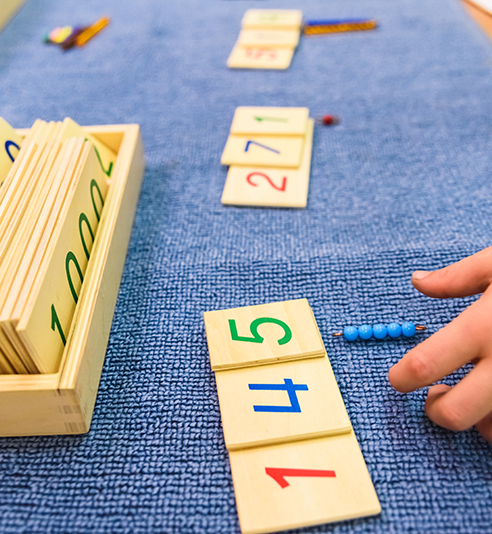
Numerate Environment
Math Ability Can be Developed
What does this mean?
Have you ever heard a statement like, “I’m just not a math person?” This belief can become a self-fulfilling prophecy if left unchallenged. Convincing students that through personal perseverance, preparation and hard work everyone can become a math person is an important first step to building our students’ self confidence because math attitudes and skills have a reciprocal relationship. Positive attitudes towards math positively influence math achievement, which in turn fosters even more positive attitudes down the road
(REL Northwest, 2017).
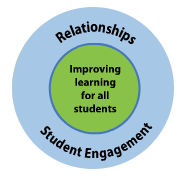
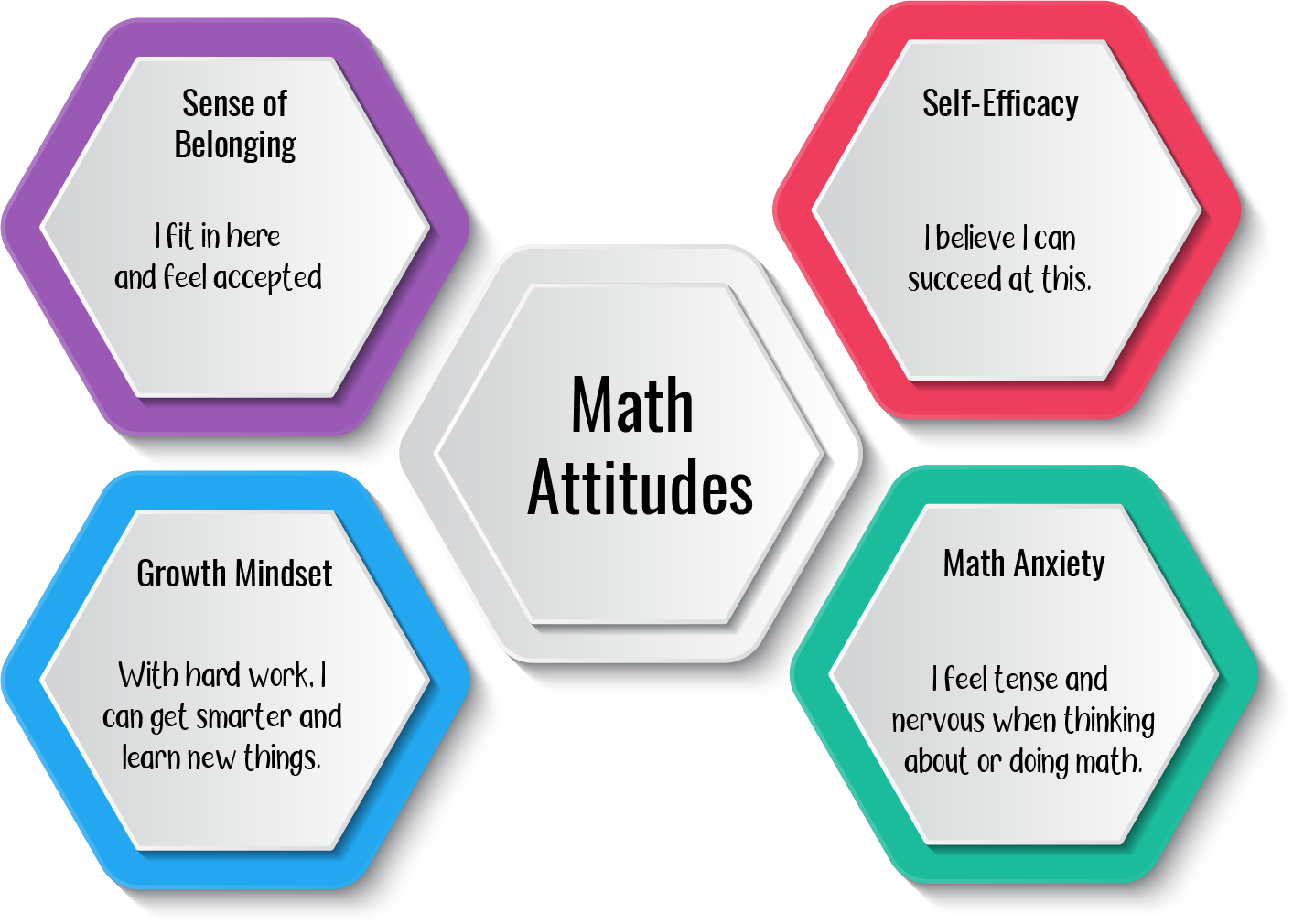
Figure 1. Key attitudes and beliefs about math. (REL Northwest, 2017). Redrawn for web.
How do I Support This?
CONSIDER
Making “developing a positive attitude towards math” an essential outcome each day in the math classroom.
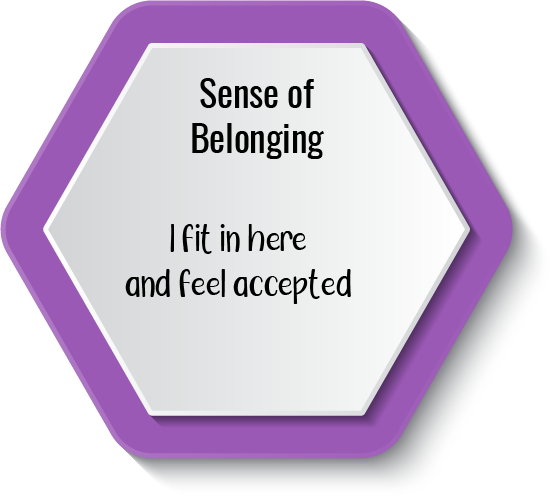
- Making the doing and learning of math more social (REL, Northwest, 2017). For example, allow small group work “for exploring concrete materials and games, finding error patterns, and solving problems” (Marzita, P., 2002). Small group work can create an environment where students are more likely to participate and take risks.
- Allowing students to talk about their feelings and struggles with math. A strategy to support can be to share stories and struggles of famous scientists, mathematicians and yourself as a teacher of math (REL, Northwest, 2017; Sun, 2018).
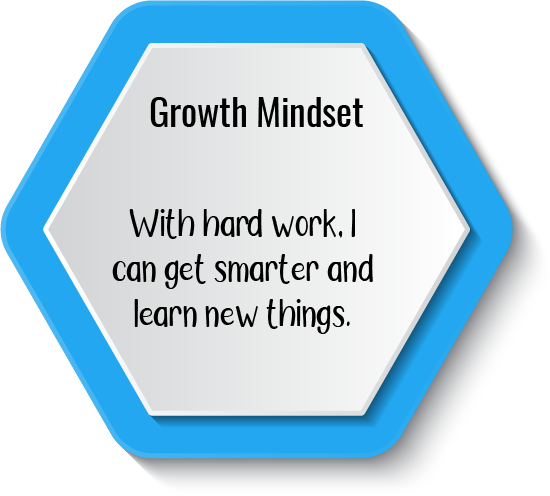
- Using “process praise” (e.g. you really studied for that quiz, and your improvement shows it”) verus “person praise” (Wow, you are a natural at math!) (REL, Northwest, 2017, p. 3, Dweck, 2007).
- Modelling a growth mindset by being aware of the messaging we are communicating about mathematics.
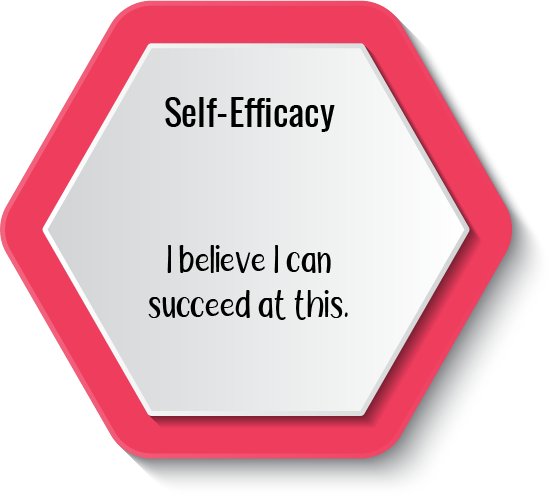
- Using scaffolding to support students’ progress on “meaningful and reasonably challenging math tasks” so that students can experience success (REL, Northwest, 2017, p. 6; Sun, 2018). The ability to experience success helps build students’ self-efficacy.
- Providing opportunities for students to observe others. For example, “when working on problem solving in small groups, groups are encourage to explore variations of the problem once they have solved the original problem. When all groups have solved the problem, a member of each group puts its method of solution on the whiteboard. The class discusses the varied approaches…” (Marzita, P., 2002, p. 3).
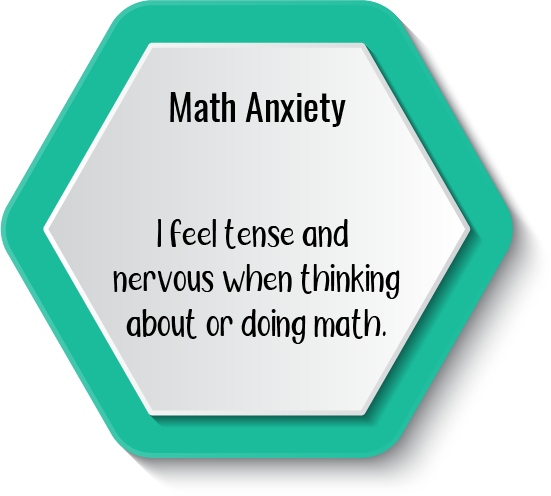
- Being aware of your own math anxiety and how you might be communicating to your students.
- Practicing mindfulness in the classroom can help combat math anxiety especially when done prior to stressful performance situations such as tests (REL, Northwest, 2017).
- Recognizing that timed and public performance situations are linked to the creation of math anxiety in students. Minimize time pressured assignments and practices that place individual students in a public situation to demonstrate their understanding by using number talks instead of timed tests (Boaler, 2014).
- Talking about math anxiety as a class and acknowledge that this is a common experience.
Teacher Professional Learning Resources:
Growth Mindset
The Student Perspective (Hattie)
Resources to use with your Class and Students:
Week of Inspirational Math
You can store your videos by grade level to a playlist that you customize for your class.
Children’s Literature
”The Girl With a Mind For Math: The Story of Ray Montague” by Julia Finley Mosca
”Nothing Stopped Sophie: The Story of Unshakable Mathematician Sophie Germain by Cheryl Bardoe
”The Boy Who Loved Math: The Improbable Story of Paul Erdos” by Deborah Heiligman
”Counting on Katherine: How Katherine Johnson Saved Apollo 13” by Helaine Becker
“Everyone Can Learn Math” by Alice Aspinall
Bibliography and Further Reading
Boaler, J. (2014, September 10). The mathematics of hope: Moving from performance to learning in mathematics classrooms. Retrieved June 7, 2019, from https://bhi61nm2cr3mkdgk1dtaov18-wpengine.netdna-ssl.com/wp-content/uploads/The-Mathematics-of-Hope-5.pdf
Dweck, C. (2007, October). The Perils and Promises of Praise. Educational Leadership. Retrieved from http://www.ascd.org/publications/educational-leadership/oct07/vol65/num02/The-Perils-and-Promises-of-Praise.aspx
Marzita, P. (2002). Techniques For Developing Positive Attitudes Towards Mathematics. Retrieved from https://www.researchgate.net/publication/301781345_Techniques_For_Developing_Positive_Attitudes_Towards_Mathematics
Regional Educational Laboratory Northwest. (2017, September 28). Improving students’ attitudes and beliefs about mathematics: A literature summary of research-based practices and strategies . Retrieved June 7, 2019, from https://ies.ed.gov/ncee/edlabs/regions/northwest/pdf/math-attitudes-training/building-positive-math-attitudes-literature-summary.pdf
Sun, K. L. (2018). The Role of Mathematics Teaching in Fostering Student Growth Mindset. Journal for Research in Mathematics Education, 49(3), 330–355.
